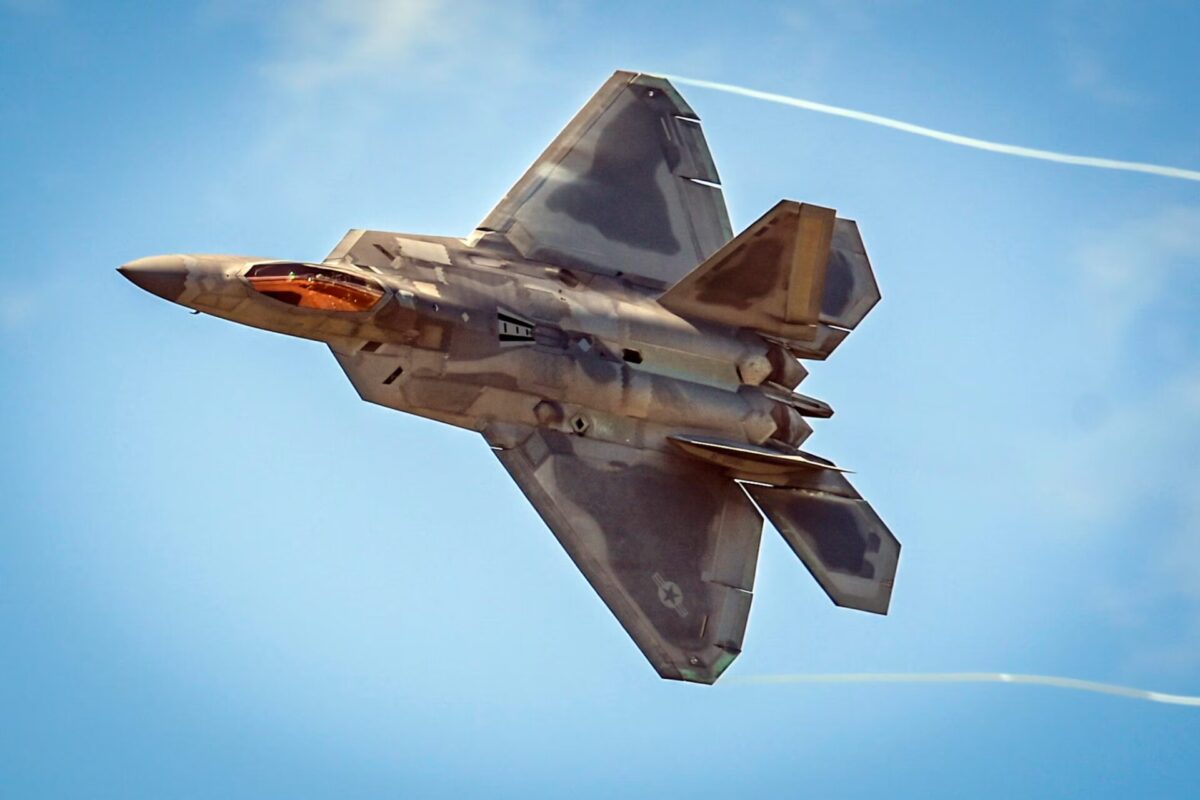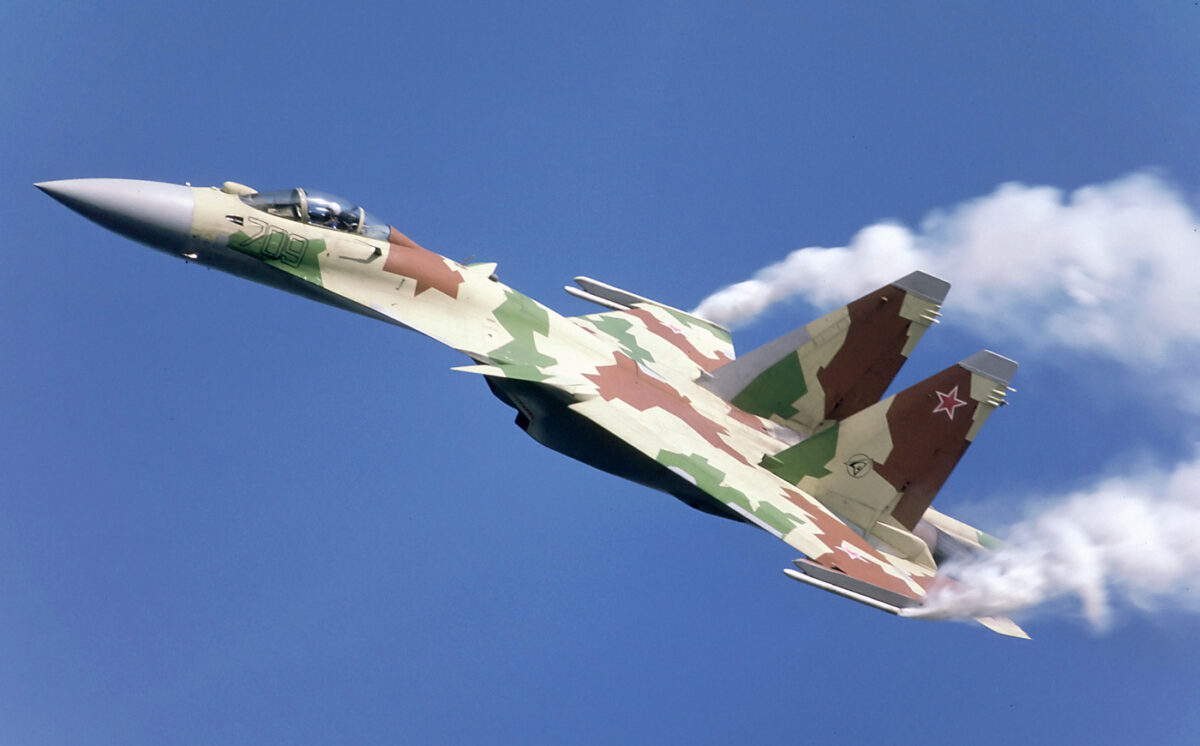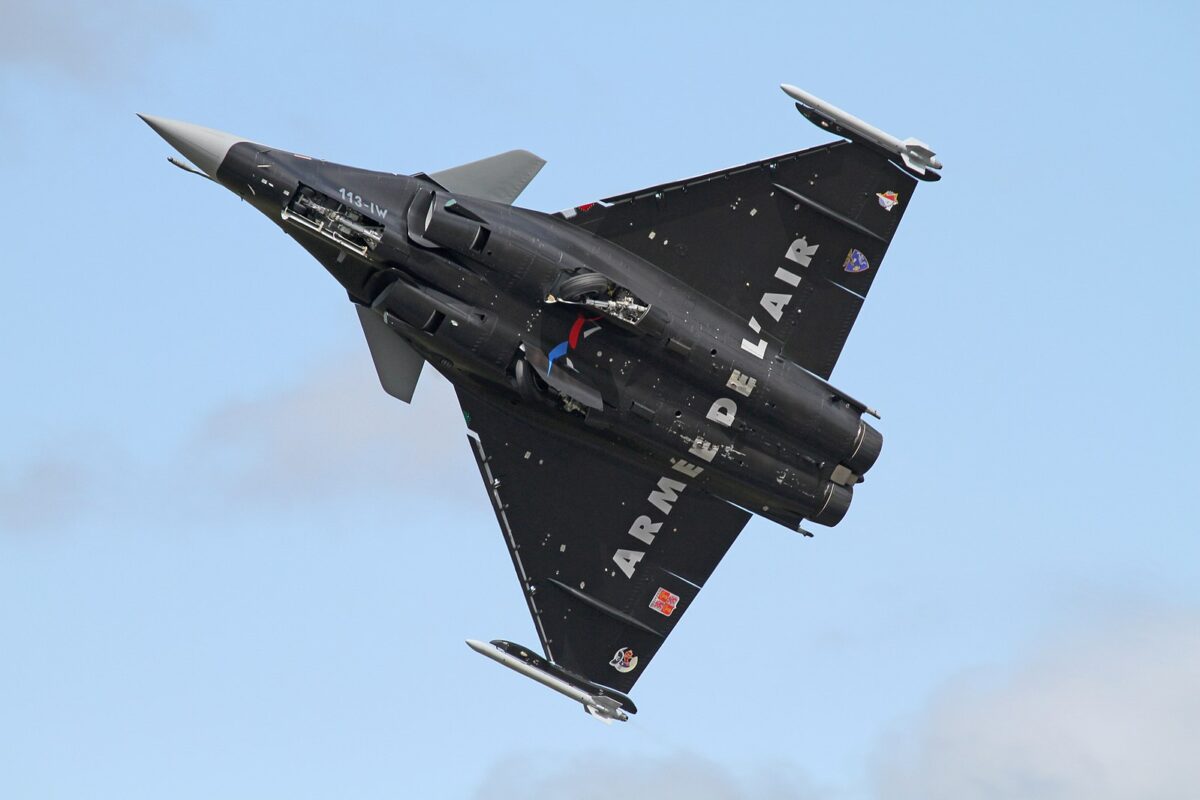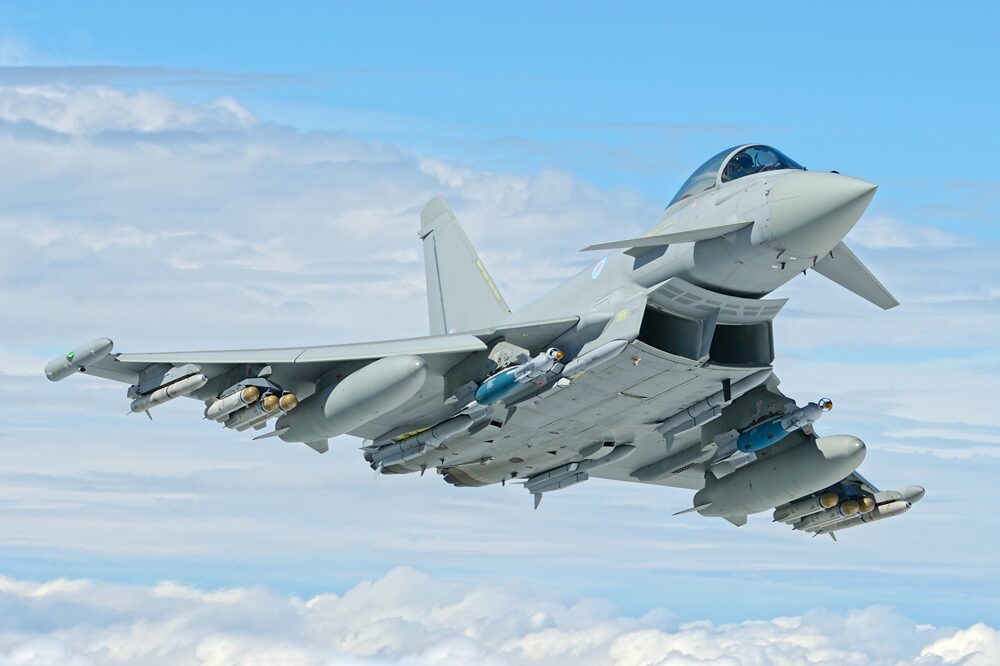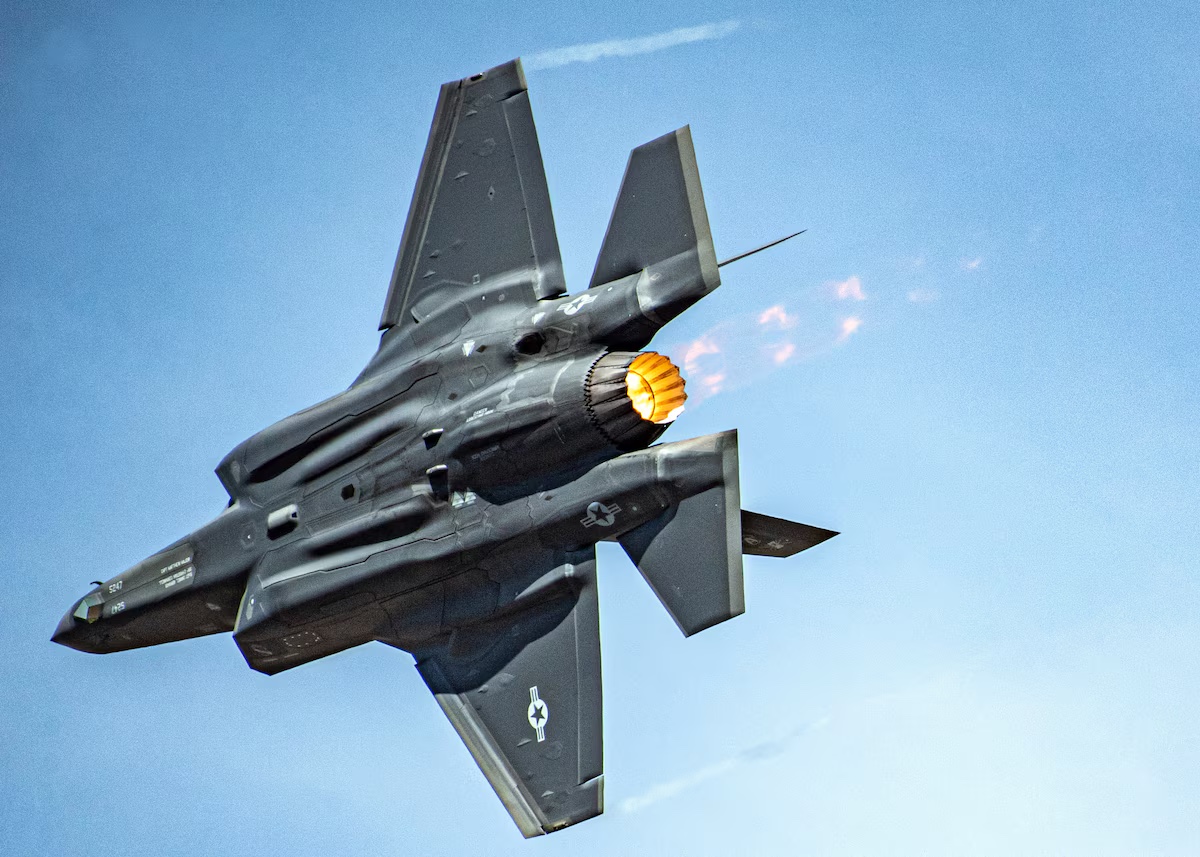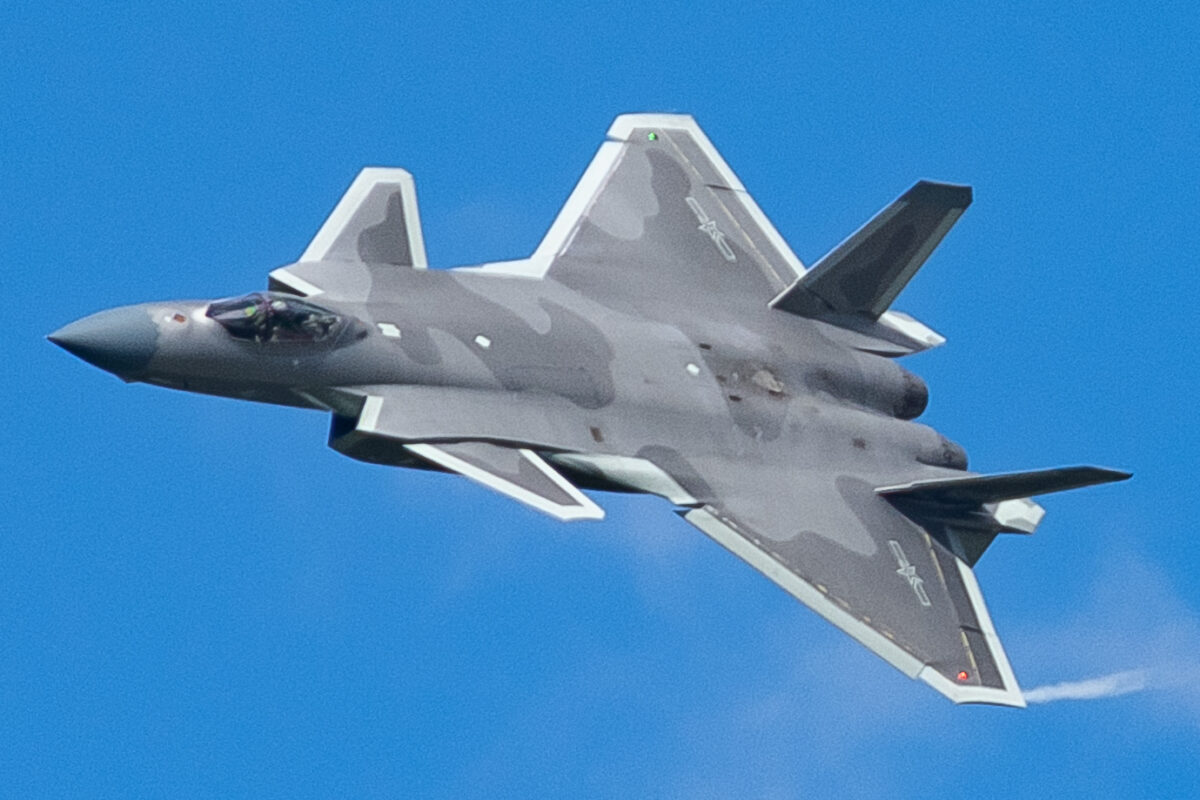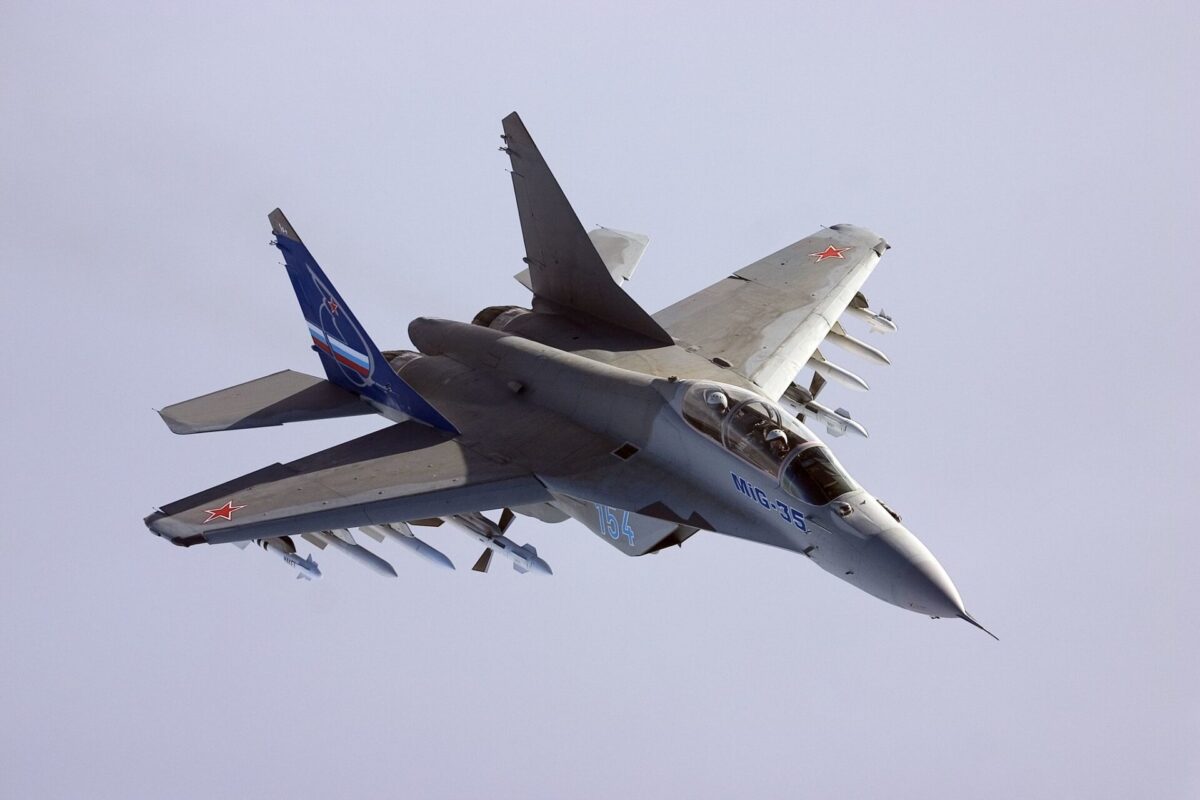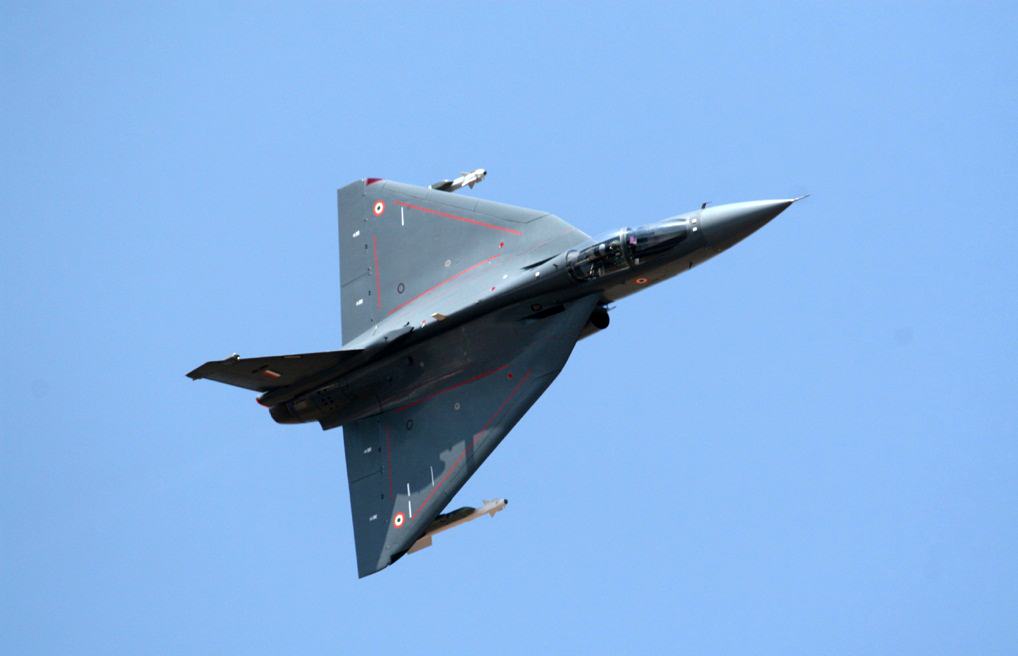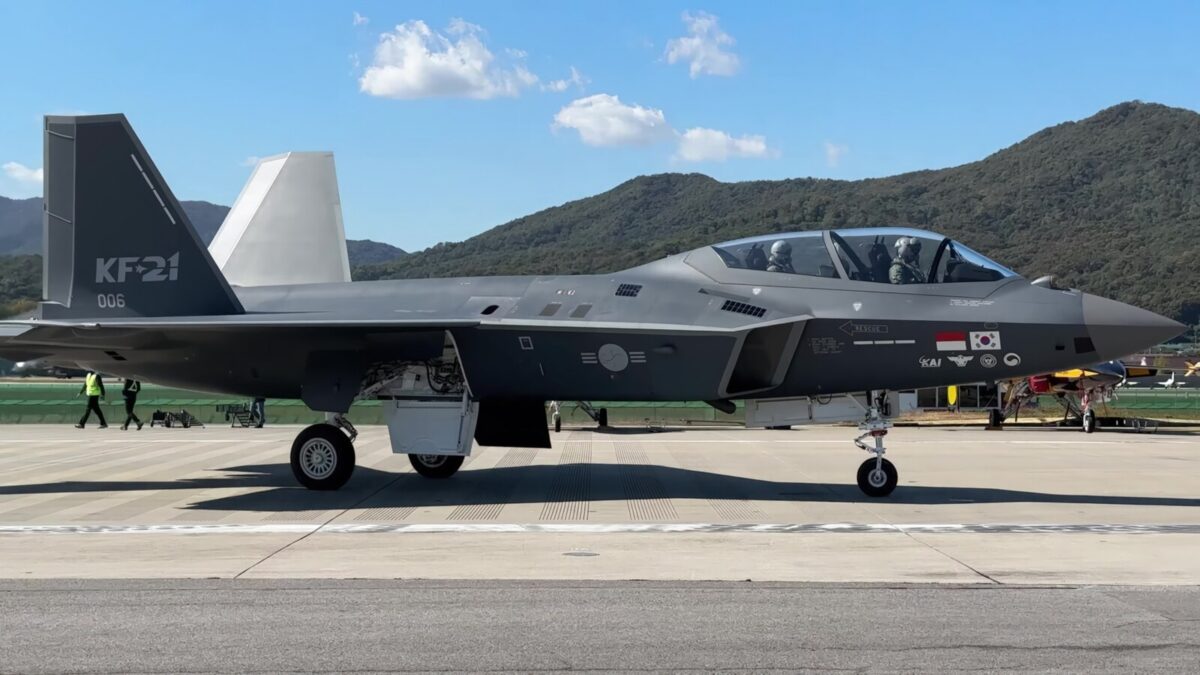Aerial maneuverability has come a long way in recent years, and some of the most agile fighter jets in the world are now capable of performing stunts that seem almost impossible. Advanced aerodynamics and powerful fly-by-wire systems make these twists and turns possible, but which one is best at these mind-blowing stunts?
While fighter jets across the board have become more agile with every iteration of aircraft and engine, some breakthrough technologies are raising the bar. Most notable is thrust vectoring, which has been around since the 1950s but has only really been perfected for supermaneuverable fighters since the turn of the millennium.
Two Russian aircraft, the Su-57 and Su-35, use three-dimensional (3D) thrust vectoring, giving the pilot unrivalled control in any direction. The F-22 uses 2D vectoring, but makes up for its lack of a third dimension with raw power. Even without thrust vectoring, there are a few super agile fighter jets that get close to the performance of these category leaders – let’s see which they are.
The 10 most agile fighter jets in the world
Sources for the data used in this analysis include FlightGlobal, Jane’s, Aviation Week, Military Watch, and official defense briefings. In addition to these, we have used the manufacturer’s official aircraft specifications alongside NATO and US Air Force test data.
Data for Western aircraft is more transparent due to NATO documentation and export marketing. However, please note that Russian and Chinese aircraft specifications are partially classified, and may be optimistic figures with limited independent verification.
Let’s dive in and take a look at the top 10 most agile fighter jets in the world today.
While the Su-57 has some stealth characteristics, its main mission is to be fast, super maneuverable and outstanding at close-range combat. Its design delivers this in spades, with advanced 3D thrust vectoring that enables it to turn at a rate of 30 degrees per second.
Although much of the detail of the Su-57 remains difficult to uncover, make no mistake, this aircraft is fast, agile and dangerous. It has been used in Ukraine for airstrikes using Kh-69 cruise missiles and long-range R-37 missiles in both air-to-air and air-to-ground combat.
In 2023, Sukhoi Design Bureau test pilot Rafael Suleymanov said that piloting the Su-57 was a ‘pleasure,’ adding that “it allows the pilot to fly in any conditions, at any speed, at any angle of attack.” This is reflective of the Russian doctrine of being prepared for any surprises, prioritising close combat over stealth and beyond visual range dominance.
2. Lockheed Martin F-22 Raptor
When it comes to thrust-to-weight ratio, the F-22 wins hands down. Its two Pratt & Whitney F119 engines provide a massive 26,000 lbf of thrust, going up to 35,000 lbf with afterburners. It’s the fastest fighter jet on this list too, capable of reaching Mach 1.2 in just 25 seconds.
Unlike the Su-57, the Raptor doesn’t have 3D thrust vectoring. It does have a 2D vectoring system, which allows thrust nozzles to move up and down, but not horizontally. The reason for this is that the F-22’s main purpose was stealth. 3D vectoring requires a circular exhaust, which increases the infrared signature of the aircraft.
3. Sukhoi Su-35 Flanker
Developed from the Su-27 air defense fighter, the Su-35 is another supermaneuverable single-seat air superiority fighter. Like the Su-57, much of its incredible agility is achieved through its thrust vectoring nozzles. While it doesn’t have full 3D vectoring, the nozzles are canted outward, allowing for independent control of each nozzle, giving it the effect of 3D vectoring.
It’s a little slower to get to March 1.2 than its sistership and the F-22, and its climb rate of 55,000 feet a minute is slower, too. Nevertheless, it matches the F-22 for turn rate and can survive just as great a G force. However, its higher wing loading makes it less maneuverable at low speeds and more prone to stalls.
4. Dassault Rafale
While the Dassault Rafale lacks the thrust vectoring that gives its counterparts such impressive agility, it makes up for this with a combination of aerodynamic design and advanced flight control systems. Its large delta wing and canards maximise its maneuverability, giving it lift and control even at low speeds.
Although the Rafale is rated for up to +9g, Dassault has said it can even withstand up to +11g in an emergency situation. While it could be difficult to control, advanced fly-by-wire systems make it simple for pilots to handle. It’s considered the most agile of the 4.5 generation jets in NATO’s inventory.
5. Eurofighter Typhoon
Designed to be an effective dogfighter in combat, the Typhoon is a highly agile aircraft at all speeds, whether supersonic or subsonic. Its design is inherently unstable, which gives it increased maneuverability thanks to its quadruplex fly-by-wire control system.
Airbus flight-tested a package of aerodynamic upgrades for the Eurofighter in 2015. Eurofighter project pilot Raffaele Beltrame stated: “We saw angle-of-attack values around 45% greater than on the standard aircraft, and roll rates up to 100% higher, all leading to increased agility.”
The upgrades are still on the table for the Typhoon, but signals are that attention is being devoted to the future 6th generation fighter project rather than making these jets more capable.
6. Lockheed Martin F-35 Lightning II
While it’s not a dogfight specialist, and has a much more ‘boxy’ appearance than its counterparts, the F-35 boasts a high tech flight computer that compensates for its aerodynamic limitations. F-35B, the STOVL version, is particularly nimble at low speeds thanks to its LiftFan system and nozzle articulation.
If the F-22 is a flying Ferrari, the F-35 is an airborne computer. Its aggressively optimized fly-by-wire system doesn’t just translate pilot inputs, it actually thinks ahead. Test pilots consistently say that the F-35 is one of the easiest jets to fly, freeing up mental capacity for tactical tasks.
While the F-35 is agile enough to win in a dogfight, it’s designed never to have to. Its advanced stealth, cutting edge sensors and data fusion capabilities means it can avoid close combat scenarios on most occasions.
7. Chengdu J-20 Mighty Dragon
One of the more mysterious jets here, the J-20 Mighty Dragon is China’s first operational stealth fighter. While specifications of the J-20 have not been made public, there’s plenty of open source insight and informed speculation that reveals some agility quirks.
To start with, the J-20 is a big beast, designed with long range and payload in mind. It’s bigger than the F-22 and Su-57, but despite this, it manages admirable agility thanks to its moving canards and large vertical stabilisers. Airshow footage has shown it performing steep climbs, tight loops and high angle of attack maneuvers, proving it’s more than a cruise missile delivery system.
It’s proposed that the J-20 will become even more agile with the future addition of thrust vectoring. China’s J-10 fighters have benefited from thrust vectoring for some time, being the first single-engine jets to have this capability. The J-20 will ultimately gain similar technology, likely 2D, as noted by the Pentagon in its annual China Military Power Report.
8. MiG-35 Fulcrum
The most advanced derivative of the original MiG-29, the MiG-35 Fulcrum retains the same aerodynamic shape of the -29, but with some refinements that deliver better energy management. Like the Rafale, it uses digital quadruplex fly-by-wire technology for a smooth and precise flying experience.
Russia has tested versions of the aircraft with thrust vectoring control nozzles, although they aren’t fitted as standard. Even without this technology, demonstrations at air shows like MAKS have proven it to be just as capable of tight turns, loops and vertical climbs as any Western 4.5 gen fighter.
Until recently, the MiG-35 was considered to be on life support, with no interest from international buyers and limited production. However, in light of the war in Ukraine and global destabilisation, Russia is considering its options.
Yuri Slyusar, the Executive Director of United Aircraft Corporation (UAC), told Defense Security Asia that the latest iteration of the jet, which he calls a 4th generation +++, will begin mass production this year. The Russian Aerospace Forces have suffered heavy losses, and bringing a high-tech aerial warcraft into the mix could give Russia the edge (if they can actually produce it).
9. HAL Tejas
A somewhat underrated agile fighter jet, this Hindustan Aeronautics-produced multirole light fighter is a featherweight brawler. At just 13 tons maximum takeoff weight, the HAL Tejas is one of the lightest fighter jets in the world. This gives it very low wing loading, making it easy to perform tight turns and maintain stability at low speeds.
There’s no need for brute force giant engines because the Tejas is agile by design. Its natural instability is controlled by a powerful quadruplex fly-by-wire system, originally designed in partnership with Dassault. What it lacks in the thrust vectoring of some of its counterparts, it compensates for this with clean aerodynamics and lightweight control surfaces.
10. KAI KF-21 Boramae
Not yet fully in service, the KAI KF-21 Boramae (Korean for ‘Hawk’) is set to be a dynamic multirole fighter with top-notch agility. It’s South Korea’s first foray into an advanced fighter, and its design has more than a few echoes of the outline of the F-22 or F-18.
Early test videos show that it has tight roll rates, sharp pitch authority and smooth behaviour at low speeds. It forgoes an internal weapons bay in favor of lightweight construction, giving it an excellent thrust-to-weight ratio and moderate wing loading of an estimated 73 lb/ft².
As of Block 1, the KF-21 does not have thrust vectoring, although KAI has hinted that Block 2 and 3 variants may well include this. In addition, upgrades to avionics are being planned that could see the KF-21 becoming even more agile in the future.
Can the most agile fighter jets get any better?
These incredibly agile fighter jets showcase the best of aerospace technology. Capable of performing incredible turns, loops and rolls, for pilots flying these fast jets, trajectory is no longer confined by physics.
But will more agile jets be arriving with the forthcoming 6th generation of models? While future fighter jets are likely to be equal in agility to some of the jets here, the focus for 6th generation fighters is no longer on close combat and dogfighting.
The next generation is all about being connected, teaming up with drones, ground vehicles and satellites to give the pilot eyes and ears everywhere. We could see more thrust vectoring usage in future jets, but development is very much focused on stealth, technology and maintaining aerial dominance beyond visual range.
If you enjoyed reading about the most agile fighter jets in the world, why not check out which one is the fastest, most expensive or the stealthiest while you’re here.


